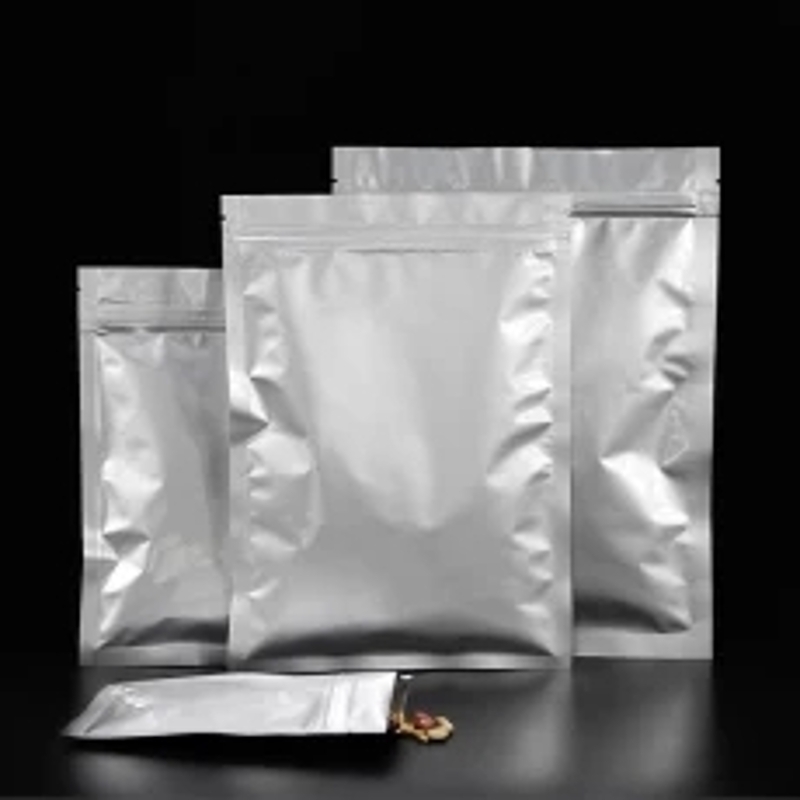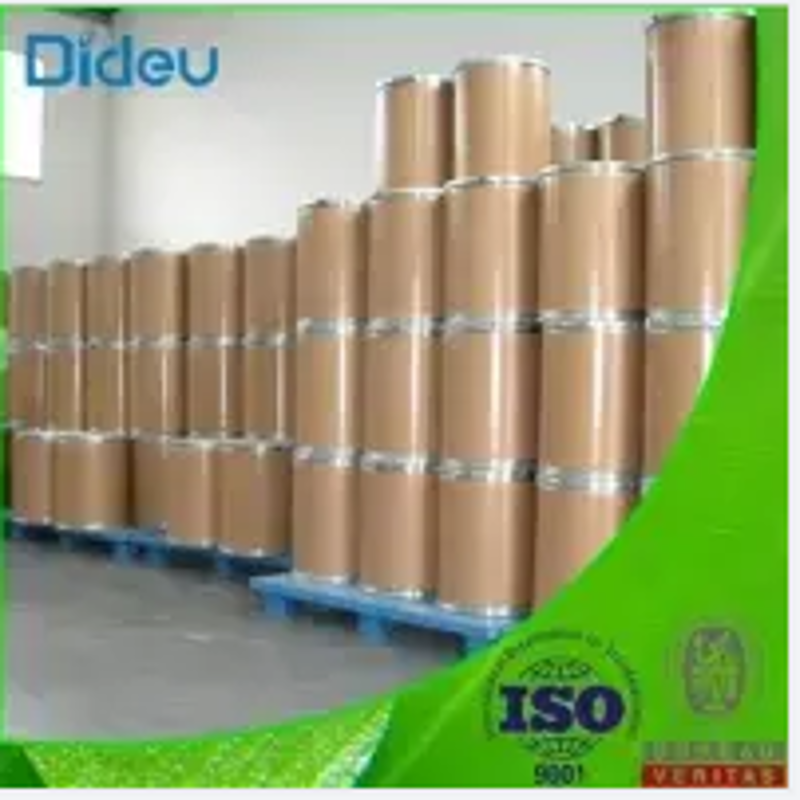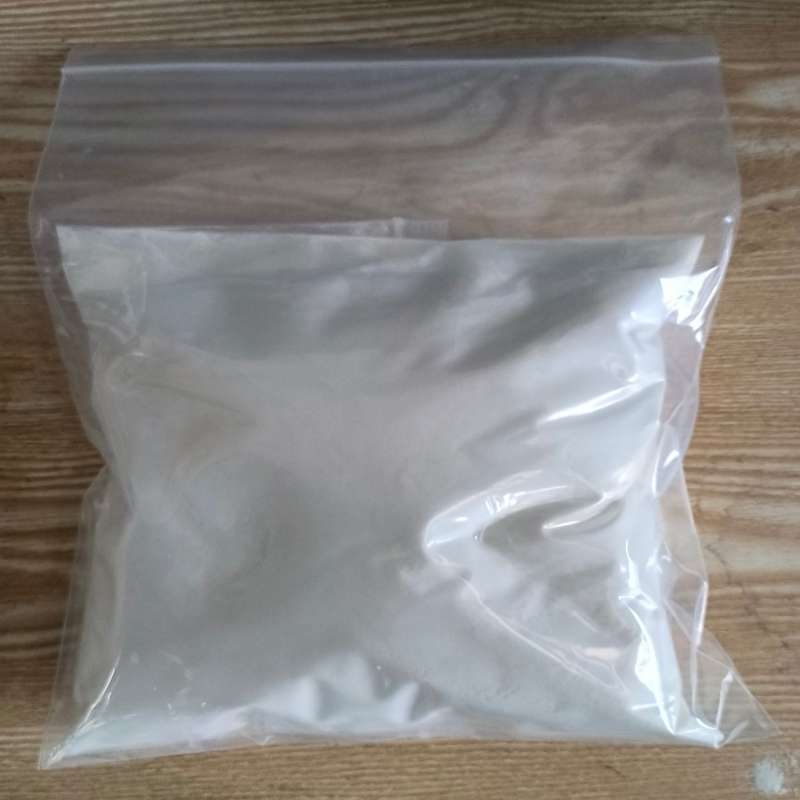-
Categories
-
Pharmaceutical Intermediates
-
Active Pharmaceutical Ingredients
-
Food Additives
- Industrial Coatings
- Agrochemicals
- Dyes and Pigments
- Surfactant
- Flavors and Fragrances
- Chemical Reagents
- Catalyst and Auxiliary
- Natural Products
- Inorganic Chemistry
-
Organic Chemistry
-
Biochemical Engineering
- Analytical Chemistry
-
Cosmetic Ingredient
- Water Treatment Chemical
-
Pharmaceutical Intermediates
Promotion
ECHEMI Mall
Wholesale
Weekly Price
Exhibition
News
-
Trade Service
Quaternary ammonium compounds, also known as quats, are a type of water-soluble chemical compound that are widely used in the chemical industry.
These compounds are typically used as surfactants, which are chemicals that lower the surface tension of water and improve its cleaning and wetting properties.
One specific type of quaternary ammonium compound that is commonly used in the chemical industry is bis(hydrogenated tallow alkyl)dimethylammonium chloride.
This compound is often used as a cationic surfactant, which is a type of surfactant that has a positive charge.
The production process for bis(hydrogenated tallow alkyl)dimethylammonium chloride typically involves several steps.
The first step in the production process is to synthesize the hydrogenated tallow alkyl dimethylammonium chloride.
This is typically done by reacting dimethyldialkylammonium chloride with hydrogenated tallow oil in the presence of a solvent such as dimethylformamide.
This reaction results in the formation of the desired compound, which is then isolated and purified.
The next step in the production process is to disperse the bis(hydrogenated tallow alkyl)dimethylammonium chloride in water.
This is typically done by adding the compound to water and then agitating the mixture to ensure that the compound is evenly dispersed.
This step is important because it ensures that the compound is soluble in water, which is a necessary property for its use as a surfactant.
After the bis(hydrogenated tallow alkyl)dimethylammonium chloride has been dispersed in water, it is typically mixed with other ingredients to form a liquid concentrate.
These other ingredients may include other surfactants, solvents, and other chemicals that are used to improve the performance of the surfactant.
The concentrate is then typically diluted with water to the desired concentration before being used.
In addition to its use as a cationic surfactant, bis(hydrogenated tallow alkyl)dimethylammonium chloride is also commonly used as an emulsifier, which is a type of surfactant that is used to stabilize emulsions.
These emulsions are typically used in a wide range of personal care products, including shampoos, soaps, lotions, and creams.
One of the main advantages of bis(hydrogenated tallow alkyl)dimethylammonium chloride is its high effectiveness as a surfactant.
This is because it has a high density and a low volatility, which allows it to remain in solution even at low concentrations.
Additionally, it is relatively resistant to biodegradation, which makes it a popular choice for use in industrial and household cleaning products.
However, there are also some potential drawbacks to using bis(hydrogenated tallow alkyl)dimethylammonium chloride as a surfactant.
For example, it is relatively toxic to aquatic life, which makes it potentially harmful to the environment.
Additionally, it is not very biodegradable, which means that it may persist in the environment for a long time after it has been used.
Overall, bis(hydrogenated tallow alkyl)dimethylammonium chloride is an effective surfactant that is widely used in the chemical industry.
Its high effectiveness as a surfactant makes it a popular choice for use in a variety of applications, including as an emulsifier in personal care products and as a cleaning agent in industrial and household cleaning products.
However, its potential toxicity to aquatic life and lack of biodegradability are important considerations that should be taken into account when using this compound.







